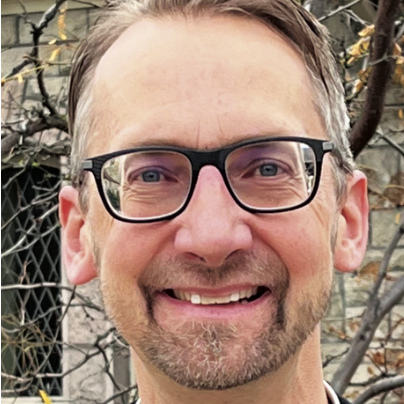“I can see clearly now
the rain is gone.
I can see all obstacles in my way…”
So goes the 1972 hit song by Johnny Nash. I’m sure you are now singing the chorus to yourself, either silently or aloud! “It’s gonna be a bright, bright, sun-shiny day.”
Perhaps it’s that uplifting chorus that most sticks in your head. The sunny day!
But spend some time on that verse. The contrast matters. The sunny day follows the rain. The sun brings clarity of sight; but the sun doesn’t remove the obstacles, it just illumines them. “I can see all obstacles in my way.”
The obstacles are a given. They are just there. The key is to be able to perceive them, so that they can be properly navigated.
Last year I was introduced to Big White by the “St. Michael’s on the Mountain” ski group – I learned first hand that a foggy day is essentially a “Big White-Out” that can easily lead to big wipe-outs because the definition of the terrain essentially disappears. We need the sun to illumine the obstacles! And the obstacles are an important part of what makes skiing fun.
In a fine little book from 2003 called “Mudhouse Sabbath,” Lauren Winner offers a spiritual exploration of Jewish and Christian practices of faith. Winner draws this from her experience of being faithfully engaged in both Judaism and then Christianity (she has since become an Anglican priest).
In a section titled hadlakot nerot/candle-lighting, Winner relays a story from the Talmud about a Rabbi Jose. Rabbi Jose is wrestling with the meaning of Deuteronomy 28:29: “And you shall grope at noonday as the blind man gropes in pitch-black darkness.” The Rabbi is puzzling over this one night while walking in the dark, and comes across a blind man walking with a torch:
“Why,” Rabbi Jose asked the man, “do you carry that torch? With or without it, you cannot see a thing!” “True enough,” said the blind man, “but as long as I carry this torch, other people can see me.”
Jewish teaching has carried this forward, highlighting at Hanukkah that the light of the menorah enables those who gather around it to see each other, and so to help one another on their journeys. Pressing it further, Rabbi Michael Strassfeld highlights that by the light of these candles “we can see clearly from one end of [the] world to the other.”
Winner adopts and adapts this in Christian terms: Christ is the light of the world, and so it is by that Christ-light “that we can see clearly from one end of the world to the other.”
We know there are and will yet be obstacles and challenges to our collective life together – as individuals, as households, as communities, as church. But in Epiphany we are invited to contemplate all these in the light of Christ, and so let these be illumined by that light that never goes out. A light of compassion, of grace, of peace, of patience, of wisdom in the midst of the journey.
Or as another popular song puts it: “in your light we see light.” (Psalm 36:9)



